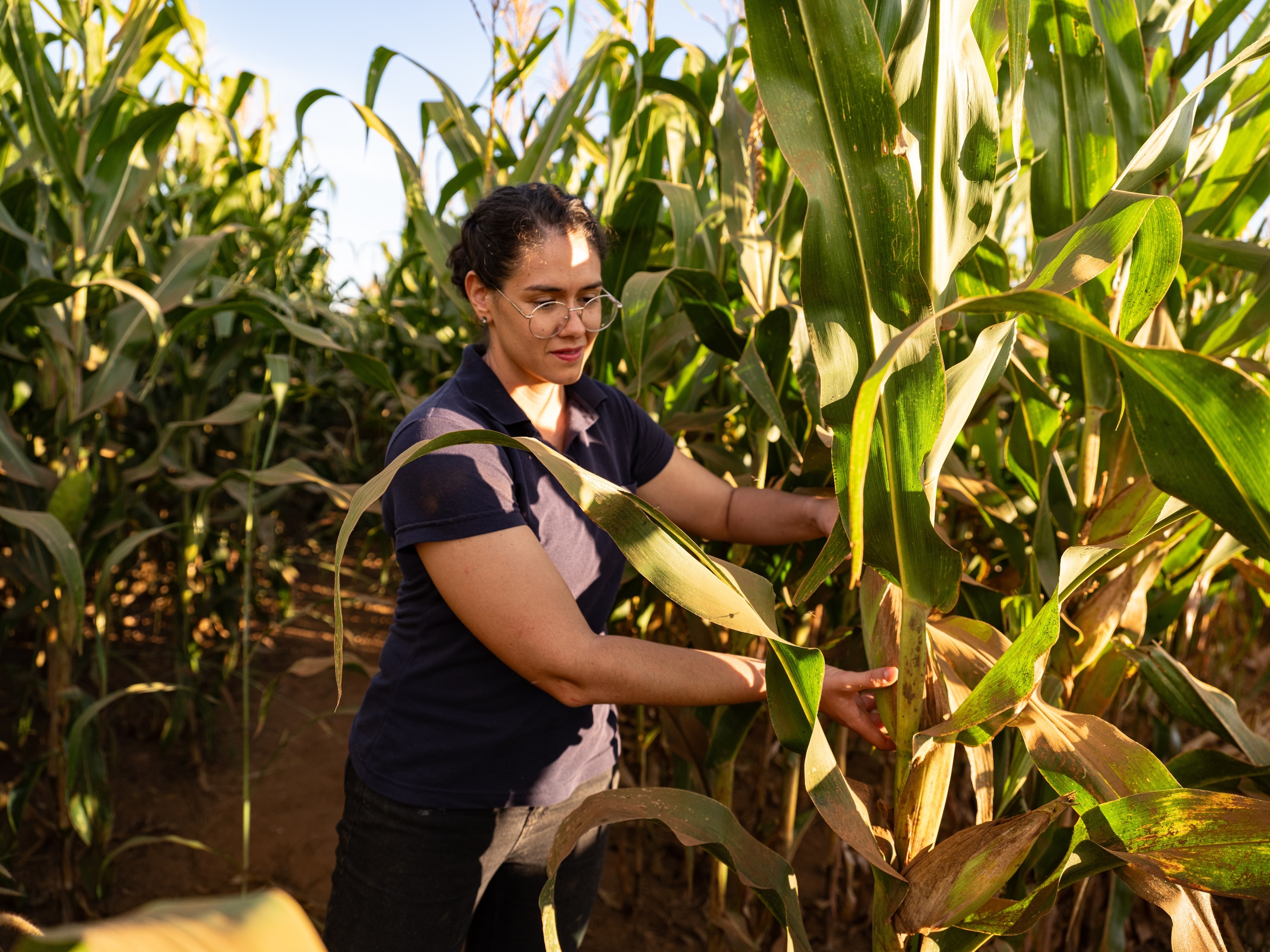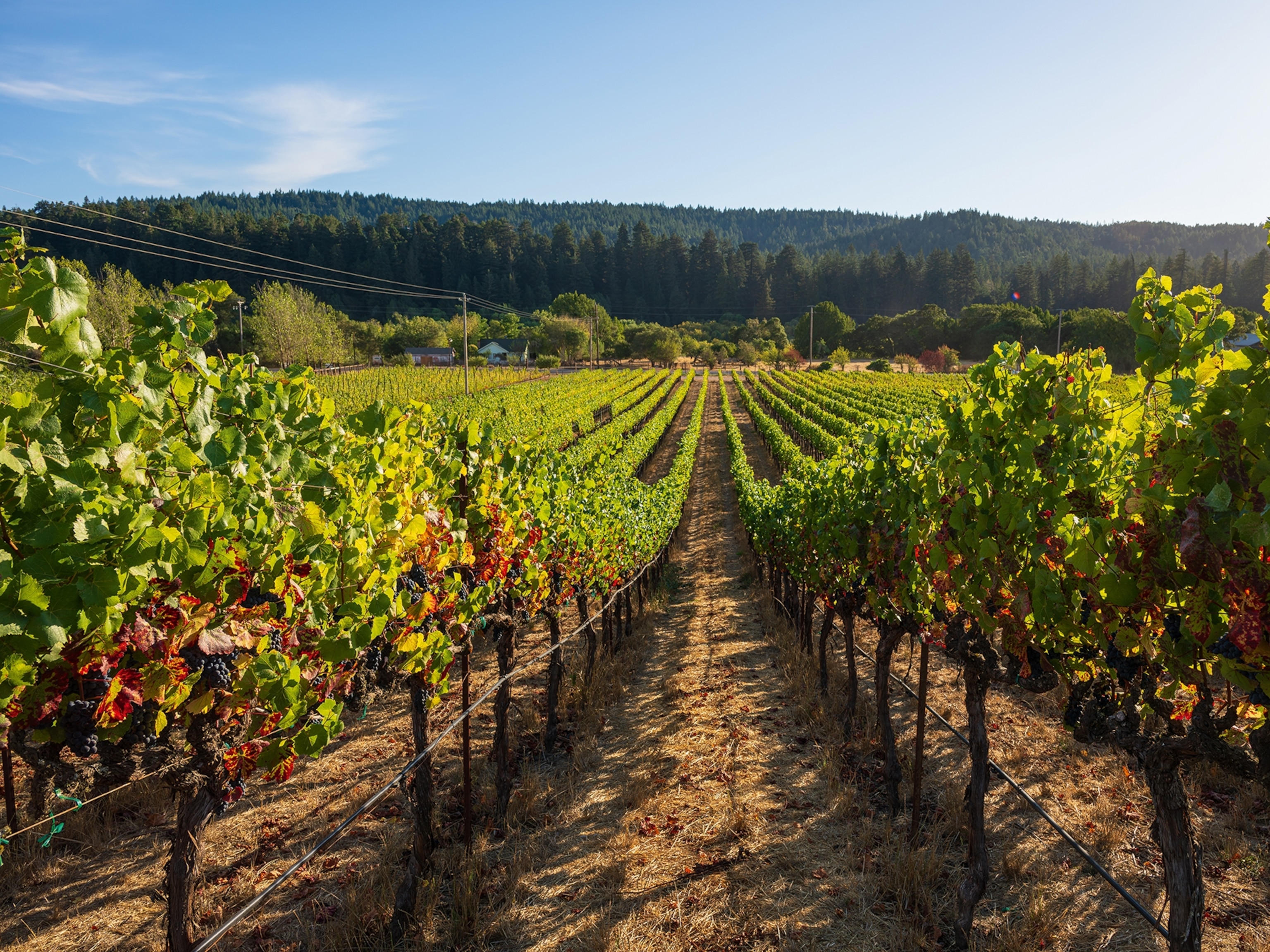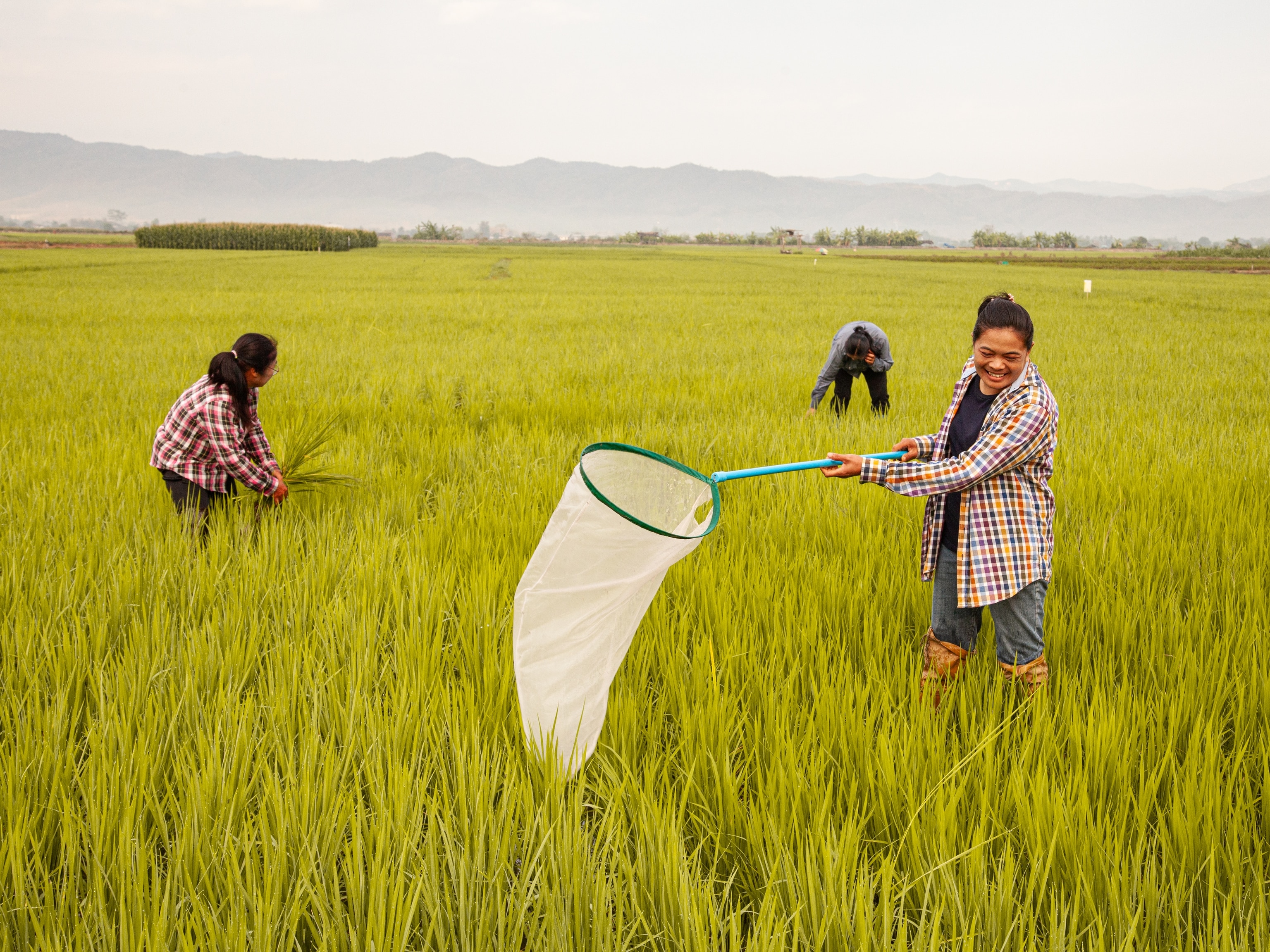
Five ways future farms could feed nine billion (and more)
Since the dawn of civilization, our ability to grow as a species has depended on farming to feed ourselves. In the last 70 years the world population has tripled, and that’s a rate of increase that is likely to get faster.
Modern farming techniques and innovations like crop protection, selective breeding and artificial fertilizer have helped us to supply the demand, but with the population expected to reach 9.7 billion by 2050, we need the next wave of innovations to ensure the right balance between producing more food and sustaining the planet. Here are five ways that farming could change the world for the better.
Drones and Agrobots
Digital farming is a rapidly growing industry. Drones are becoming more accessible and sophisticated, fitted with high-resolution cameras that provide real-time images of crops and livestock. They could also be designed to deliver precise interactions such as water and nutrients to needy areas or weed killer and pest control to specific plants. Teams of agrobots may be the key to micro-managing vast areas of farmland. Such autonomous robots could be equipped to inspect, sow, water, treat, and even harvest crops. Each agrobot would make independent micro-decisions as it moves between individual plants, communicating useful information to the rest of its team and utilizing it through machine-learning. This technology gives crops an exceptional level of attention that could help to maximize yield and minimize waste.
Smart Sensors and Big Data
Drones and agrobots will form part of an ever-increasing number of digital sensors, handheld devices, and wearables that will gather detailed information on everything from soil health and crop growth, to weather patterns, to the welfare and productivity of each animal. Future farms are likely to generate enormous volumes of data, using complex Big Data algorithms to gain meaningful insights that drive decision making. Together with a farmer’s hard-earned experience, Big Data will advise on what crops grow where, what interventions may be needed, the optimum moment to harvest, and even the best times to store and sell. This constant analysis gives farmers unprecedented control over increasingly large areas of land.
Greenhouses
As climate change brings more extreme and unpredictable weather, greenhouses will help mitigate the worst effects by regulating the temperature, water, and nutrition of crops in a closed agricultural system. They are already extensively used for growing fruit and vegetables in cooler climates: the Netherlands is famous for its greenhouse complexes that can cover up to 175 acres. These could be used to make vast swathes of otherwise marginal land such as deserts, productive all year round, allowing farming in ever more extreme conditions. Here, solar panels could generate electricity to keep greenhouses at optimum temperatures and to desalinate water for irrigation. Built of specialist materials, greenhouses could absorb the sun’s light but reflect its heat, while protecting fragile crops from extremes such as strong winds, torrential rainfall, and disease. Even simple plastic greenhouses can triple crop yields in areas prone to pests and drought.
Soil Fertility and Plant Health
Healthy crops need healthy soil, and future farms will have to prioritize sustainable practices if they are to maintain productivity, let alone increase it. Simple solutions such as cover crops, mulches, and compost could play a crucial role in conserving water and building up nutrients in the soil, especially in more marginal land. Precision farming will significantly reduce the amount of fertilizer and pesticide required for effective treatment and customized blends can be tailored to meet any soil’s needs. Soil mapping could accurately match plants and earth types so that multiple crops can be successfully grown in a single field, making for more balanced demands on its nutrients. The development of perennial cereals that don’t need to be replanted each year will promote a healthier and more stable soil structure. Meanwhile, genetic sequencing is identifying microbes that can help plants use nutrients more effectively and speed up the soil’s recovery back to fertility.
The Right Foods
It’s not only how we grow food that matters, what foods we grow could make a decisive difference. Only around 55% of the world’s crop calories directly feed people—about 36% is used to feed livestock. But for every 100 calories of grain we feed animals we only get 40 new calories of milk, 12 calories of chicken, 10 of pork, or 3 of beef. Meat is an excellent source of protein and vitamins, but it is a relatively inefficient calorific delivery system. It’s estimated that with current levels of food production we already produce enough calories to feed nine billion people if we eat less meat and switch to a more vegetarian diet. It’s likely that responsible genetic modifications will not only make crops more robust but could also be engineered for greater yields and nutritional value.
We asked some big questions about living a better life. Discover more about how we can overcome the world’s biggest challenges at natgeo.com/questionsforabetterlife





